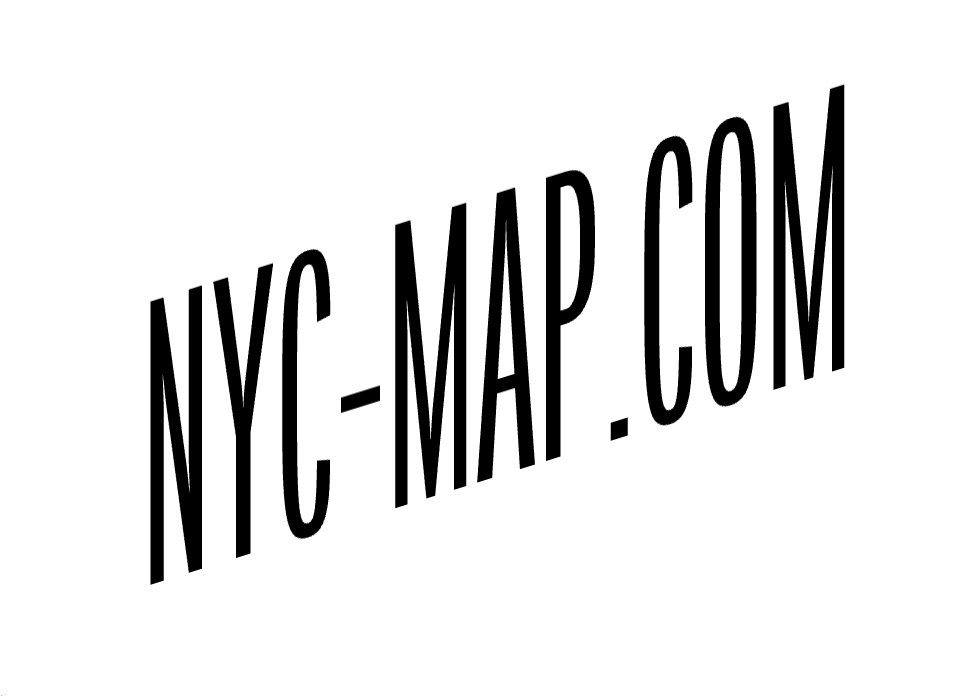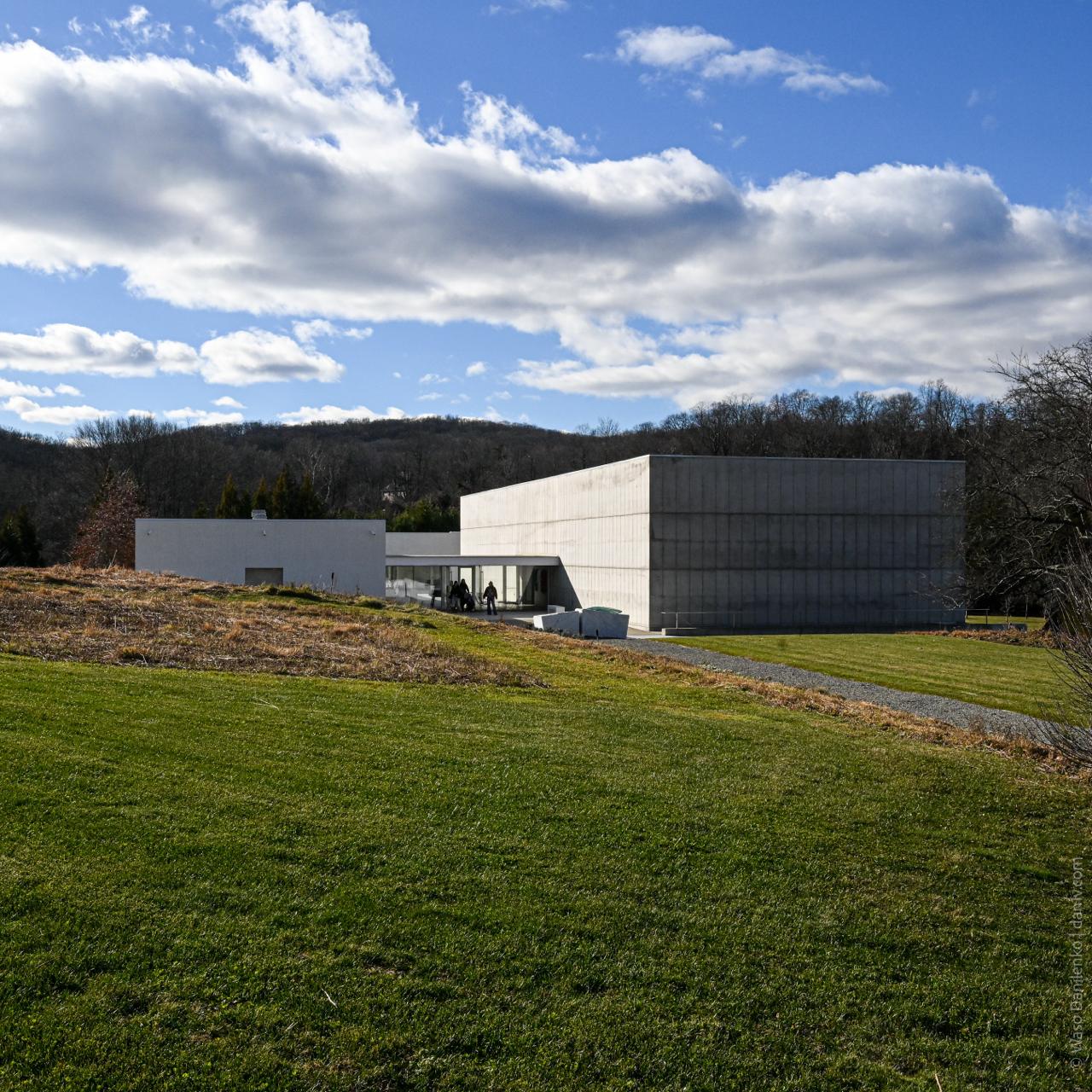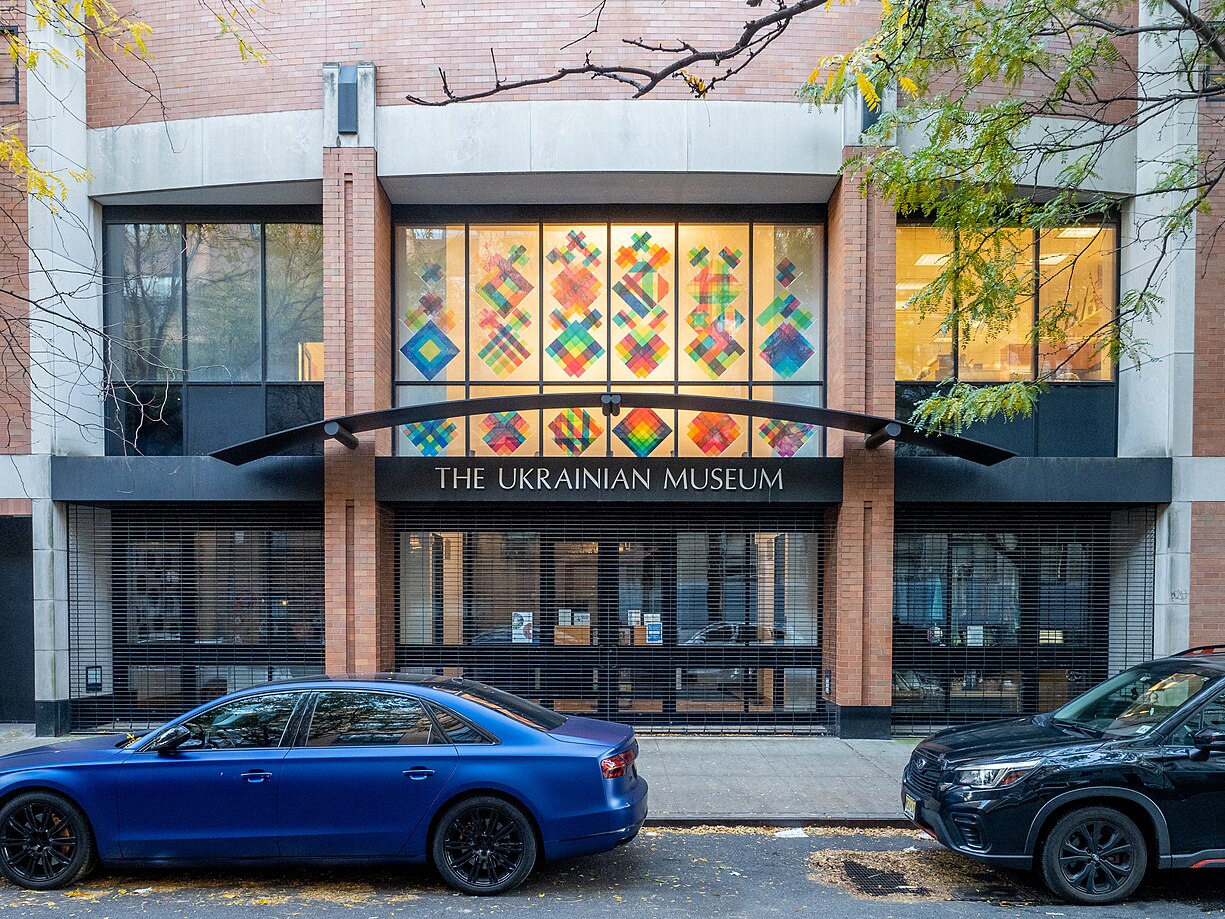Funded by the Susan and Elihu Rose Foundation and opened in 1991, The Rose Museum tells the story of Carnegie Hall. Its exhibition showcases the Hall’s archival treasures — concert programs, photographs, signed posters, musical manuscripts, and videos — revealing the building’s history and the events that made it famous.
History
In the late 1980s, Carnegie Hall began gathering historical materials and documents — old programs, posters, letters, and instruments — with the goal of creating a museum exhibition in time for the Hall’s centennial (it opened in 1891).
In 1991, thanks to a donation from Susan and Elihu Rose, a small but significant museum — The Rose Museum — opened on the second floor of Carnegie Hall. Its mission was to present the history of Carnegie Hall, from its construction and opening to its legendary concerts and the preservation of the venue itself.
The museum was conceived not as a static collection but as a living space with a permanent exhibition and a series of rotating temporary exhibits (examples include Tchaikovsky, Anderson, Bernstein, and others).
It also tells an important story: how, in the late 1950s, the Hall was sold during the construction boom of Lincoln Center, and how violinist Isaac Stern, together with city and national leaders, led a campaign to save Carnegie Hall. In 1960, the government purchased the building, and in 1962, Carnegie Hall was designated a National Historic Landmark.
Since 2012, the exhibitions have been available online, with a searchable archive of materials dating back to 1891. In 2021, the museum and archives were named in honor of Susan Rose, recognizing her thirty years of support.

Collection
The museum’s collection includes thousands of artifacts reflecting the evolution of musical culture in the United States and beyond. Highlights include:
- A violin owned by Jascha Heifetz, one of the greatest violinists of the 20th century.
- Benny Goodman’s clarinet, a symbol of the swing and jazz era.
- The microphone used during Carnegie Hall’s opening ceremony, when Pyotr Ilyich Tchaikovsky conducted.
- Personal items of Leonard Bernstein, including his glasses, letters, and baton.
- Posters, stage costumes, and correspondence from Judy Garland, Louis Armstrong, Duke Ellington, The Beatles, and other performers who graced the Carnegie Hall stage.
- Archival documents: programs, tickets, business correspondence, press materials, and the original architectural drawings of the Hall.

Exhibitions
The Rose Museum regularly organizes themed temporary exhibitions highlighting different aspects of the Hall’s history and music culture in general. Past examples include:
- Leonard Bernstein at 100 — an exhibition marking the conductor and composer’s centennial, featuring manuscripts, photos, personal items, and video materials.
- Carnegie Hall at 125 — a jubilee exhibition covering the most significant moments in the Hall’s more than century-long history.
- The Beatles at Carnegie Hall — an exhibition about the band’s first U.S. concert in 1964, with original tickets, photographs, and press materials.
- Harlem Renaissance at Carnegie — an exploration of the contributions of African American performers such as Billie Holiday, Paul Robeson, and Duke Ellington to the concert stage.
- Tchaikovsky in New York — an exhibition about Tchaikovsky’s visit to New York and his role in the Hall’s opening.
Digital Archive
- Over 30,000 digitized programs dating from 1891.
- Photographs, concert posters, audio recordings, and historical documents.
- Performer biographies and a chronicle of the institution’s development.
Visitor Information
Museum website: www.carnegiehall.org
📍 Address: 57th Street and 7th Ave, New York, NY 10019
Admission: Free





